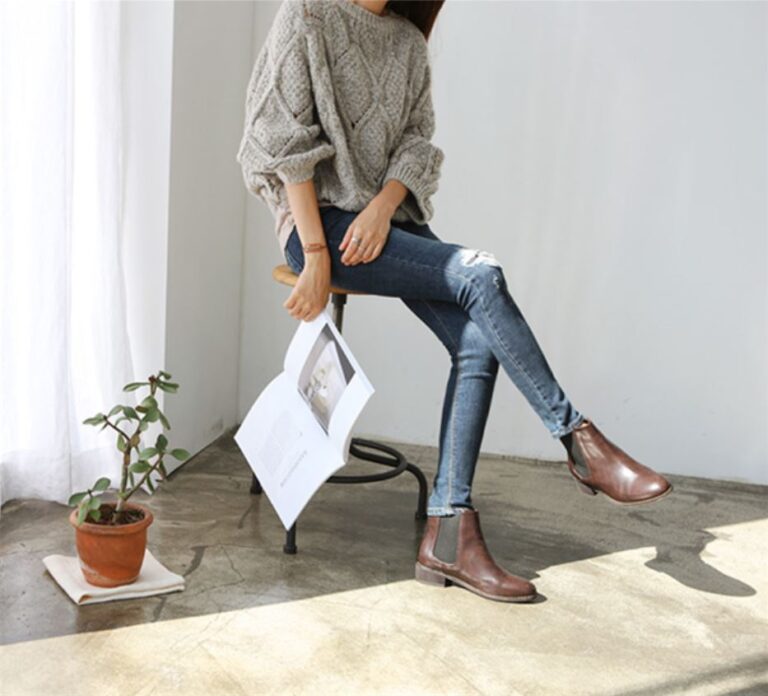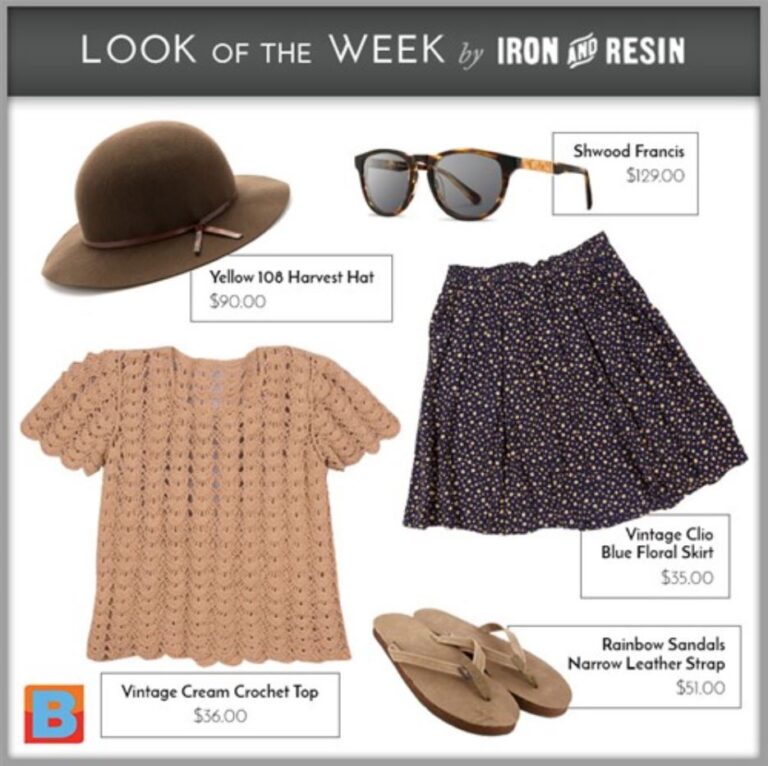If you are not familiar with the mid-century British youth culture — let us introduce you — to the Teddy Boys, the ’50s rock ‘n roll dandies in long jackets and creepers. And perhaps you didn’t realize there was a whole subculture of Teddy Girls, too. Also known as Judies (we’ll take that as a compliment), they dressed much like their male counterparts, sporting short hair, pants, sharply cut suit jackets, and defiant sneers.
Quick History
The Teddy Boys and Girls originated from then working-class areas in East or West London areas. To understand the Teddy Girls style, we first have to go back to the boys culture. They emerged in England as post-war conditions were coming to an end and working class teenagers were able to afford good clothes and began to adopt the upper class revival of dandy Edwardian fashion. By the mid 1950s, second-hand Edwardian suits were readily available on sale in markets as they had become unwearable by the upper-class once the Teddy Boys had started sporting them.

The Style
The Teds, as they called themselves, wore long drape jackets, velvet collars, slim ties and began to pair the look with thick rubber-soled creeper shoes and the ‘greaser’ hairstyles of their American rock’n’roll idols.
Despite their overall gentlemanly style of dress (certainly compared to today), the Teddys were a teenage youth culture out to shock their parents’ generation, and quickly became associated with trouble by the media.

Teddy girls were mostly working class teens as well, but considered less interesting by the media. While Teddy boys were known for hanging around on street corners, looking for trouble, a young working class woman’s role at the time was still focused around the home. And even though they made lower wages than the boys, Teddy girls would still dress up in their own drape jackets, rolled-up jeans, flat shoes, tailored jackets with velvet collars and put their feminine spin on the Teddy style with straw boater hats, brooches, espadrilles and elegant clutch bags. They would go to the cinema in groups and attend dances and concerts with the boys, collect rock’n’roll records and magazines.
Since the late 70s, the movement has experienced its peaks and valleys, as do with many subcultures.
























